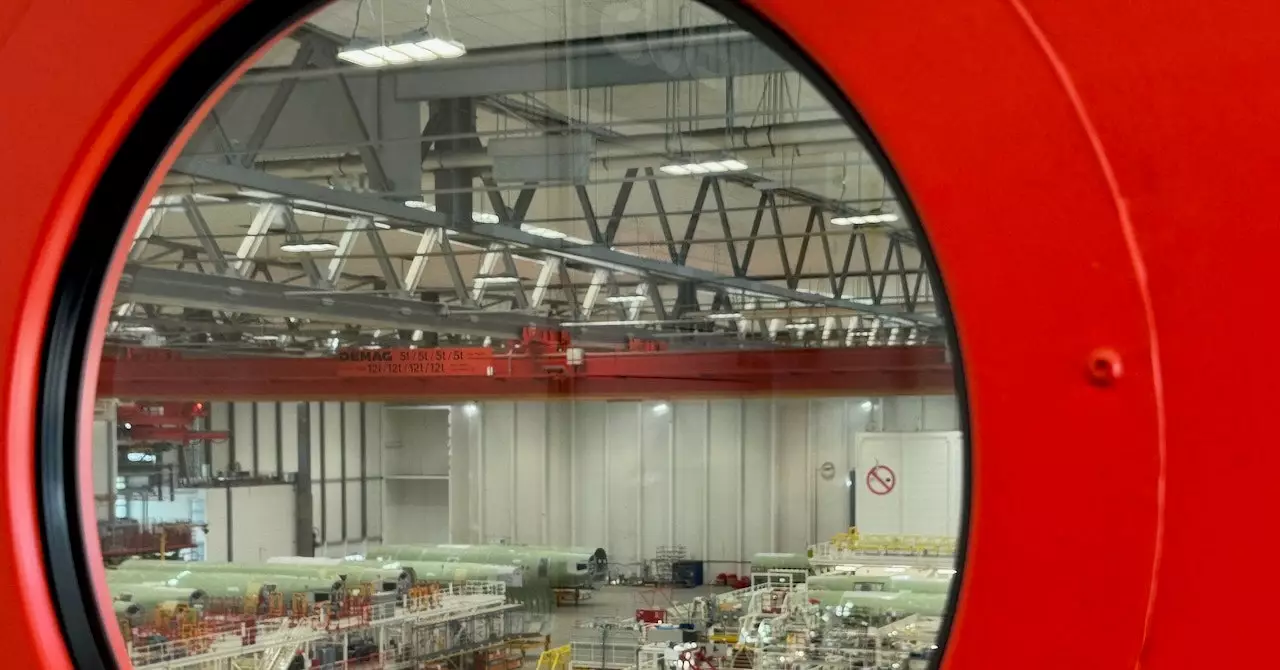The moment when a new airliner is handed over to its new owner is a significant event in the aviation industry. This symbolic act is akin to a car buyer picking up a new vehicle from the dealership. Recently, an Airbus A321neo, bound for Wizz Air, was awaiting its new owners at Hamburg-Finkenwerder, where Airbus conducts testing, logistics, and aircraft deliveries.
While specific price details are often undisclosed by airlines and manufacturers, it is no secret that purchasing an aircraft is a substantial investment. With an estimated base price of around $110 million, the acquisition of a single Airbus A321neo is a costly endeavor. The aircraft in question, registered as H9-WNM by Wizz Air, was manufactured in Airbus’s Hamburg factory in a little over a year.
Airbus operates four production centers, including those in Toulouse, France; Mobile, Alabama; and Tianjin, China, in addition to the Hamburg facility. The final assembly lines (FAL) at these locations are where a plane’s various components, from structural parts to electronics, come together to form a complete aircraft. The intricate process involves internal manufacturing by Airbus, along with contributions from third-party suppliers located worldwide.
The journey of an aircraft from its manufacturing centers to the final assembly lines involves a complex logistical operation. Various modes of transportation, including boats, trains, roads, and airplanes, are utilized to transfer components to the assembly plants. Airbus’s specially designed transport planes, known as Belugas due to their resemblance to the marine mammals, are crucial in moving oversized parts like fuselages between different production sites.
The delivery of a new aircraft marks a milestone for both the manufacturer and the airline it is destined for. The intricate process of manufacturing, assembling, and delivering an Airbus A321neo showcases the precision and coordination required in the aviation industry. From the financial investments involved to the logistical challenges faced, every step in the journey of a new aircraft reflects the complexity and sophistication of modern airline operations.

